Look and do not forget: how genocide was planned and implemented for decades
Dikh He Na Bister (DHNB) is an annual education event for young people which includes commemorative events taking place in the Auschwitz-Birkenau concentration camp. This year commemorates the 80th anniversary of the horrible crime committed by the Nazis: the extermination of the Romani population in the concentration camp. How genocide of entire ethnicities was being planned, who was implicated, and what else can we do today to prevent such tragedy and preserve the memory about victims — these and other aspects of the Kali Traš (the Black Fear) were discussed during DHNB-2024.
This year DHNB was attended by approximately 380 participants from 32 countries, including Ukraine, Germany, Hungary, France, Spain, Czech Republic and others. Throughout the week, the DHNB team has been visiting education seminars, topical art events, and also went on a tour of Auschwitz-Birkenau to immerse into the topic of Romani genocide and get a grasp of the scope of this crime. The participants have also attended a commemorative ceremony where politicians from all across Europe were present.
The Education Component
Within a number of sessions, participants—guided by facilitators—have discussed issues of history and culture of Romanis and of Romani genocide. They recalled the heroic figures of Romani nation and examined works of art created during the Second World War and those generally covering the topic of genocide.
One ought to particularly highlight meetings with prominent figures. These would, of course, include Zijo Ribić. He was an 8 years old boy when he and the nine members of his family were murdered: his six sisters, his two-year-old brother, his father, and his pregnant mother. This happened in 1992, in the village of Skočić in Bosnia and Herzegovina. Mr Zijo has shared his experience, his view of the Romani Genocide and of present-day global processes.
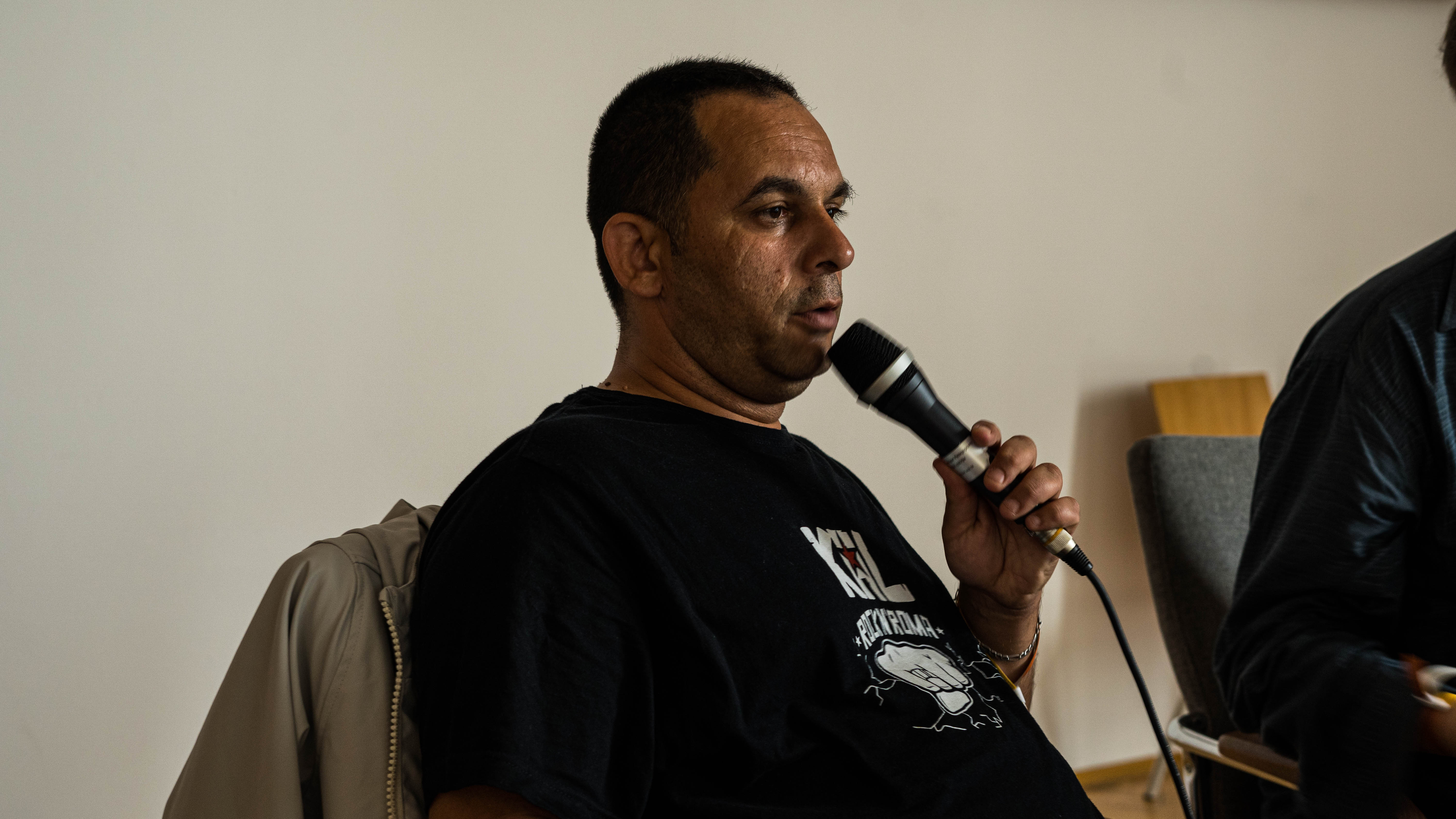
On the photo: Zijo Ribić
Another important meeting was with Christian Pfeil, a survivor. He survived an incarceration in a concentration camp. So his testimony and his story are invaluable. But even after having experienced the atrocities, Christian’s suffering did not end. In the 1990s, he performed a Romani song on TV and then faced a torrent of racist phone calls. He was attacked in the streets and his restaurant was vandalised twice.
.jpg)
On the photo: Christian Pfeil
The participants have thus heard a living testimony of how easily discriminative and racist movement in society are fomented. That is why, events like Dikh He Na Bister help revive the historical memory and shape understanding of the tragic events of our life.
«I have experience in similar education programmes. And I can tell that Dikh He Na Bister is very outstanding. The programme was properly prepared. They have provided us with proper training, informative sightseeing tours, and creative evening events. At the same time, we had plenty of free time which we spent, reflecting within our Ukrainian team. "We should particularly stress the positive vibes, as the emotional condition of the participants was duly taken into consideration. After all, the topics we have examined are pretty difficult, particularly for those who have experienced the horrors of the occupation and the Russian terror", – says one of the programme participants,Kateryna Kulykovska.
On the photo: work of one of the DHNB-2024 groups
The Artistic Component
Exhibitions, conferences, attending the philharmonic also became part of the Dikh He Na Bister'2024 programme. These events are always genocide-themed and genocide-related. Hence, an entire holistic atmosphere has been created which allows us to take a look at the Romani tragedy from a variety of standpoints.

On the photo: ARСA's DHNB-2024 participants Anastasia Zhuravel, Janusz Panchenko, Eva Yakubovska, Samira Tymchenko
«The concert at the Philharmonic has presented us with a lot of emotions: from the very first moment, I felt the piercing pain and sadness of the author who contemplated the tragedy of the Romani people during the Second World War. The very fact that works covering such important historical events resound within the walls of the philharmonic halls of Vienna, Berlin, and Kraków, and that more and more people now have the possibility to grasp the scope of the tragedy which befell the Romani people gives us inspiration and belief in the fact that this evil will not be forgotten», – says Anastasiia Zhuravel, a programme participant.
To see the tragedy with one’s own eyes
One can read a lot about the Holocaust, about concentration camps and extermination of ethnicities. But nothing compares to the experience of visiting the memorial places. Participants of Dikh He Na Bister have had a chance to go on a sightseeing tour of Auschwitz-Birkenau. These impressions are hard to convey. Basically, you get a very depressing feeling. The scope of the crime are unbelievable. That was no common murder. That was a systemic, targeted, cynical work performed by thousands of people. And each and every one of those people, be he a tattoo inscriber, an overseer, a cook, may very well be referred to as a murderer. The judges, however, have not been as categoric as the author of this text. Only a tiny percent of people complicit in this crime has been punished by law. Some have even been able to enter the civil or state service upon having served their time. This is just a fact; there will be no conclusions.
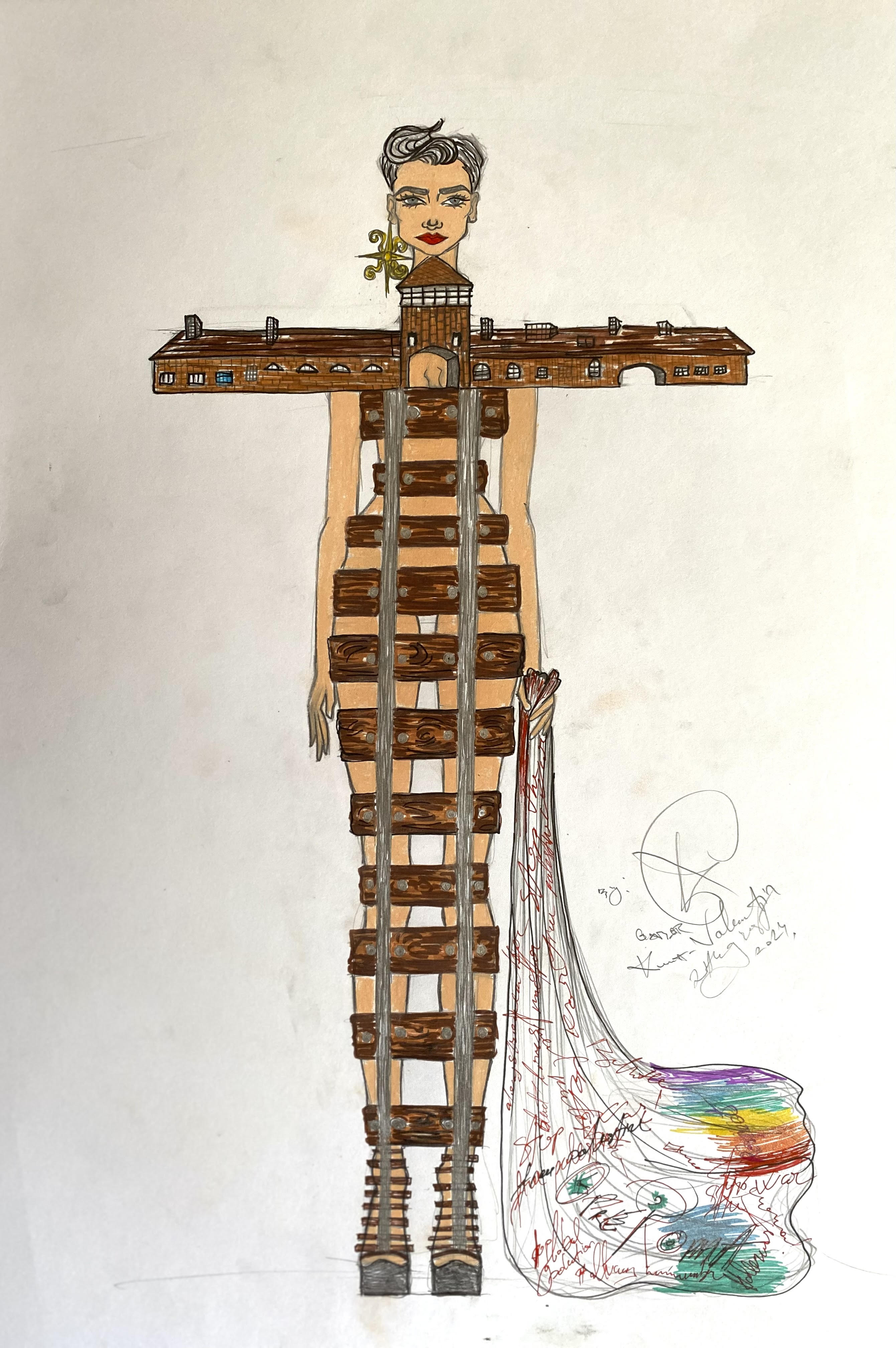
Illustration: Valentin Kuna
The Nazis tried to conceal their crimes by blowing up the camps buildings. And yet, personal items belonging to the victims are still being discovered in the ground even today. And if you just take a look at a spoon you get sick. It might have belonged to a child. And what did the man who turned on the gas feel? What was he thinking? How did he go home to his family and to his child? So many questions arise at once. You just cannot stop thinking about it. How can you even grasp the scope of it?
Before we reached the other end of the concentration camp, we all got tired. We were walking under scorching sun and hot wind… And the prisoners here had to walk such distances many times, in any weather. How could the exhausted people manage that? Due to the unwavering willing to live! Despite everything.
«I will never stop reiterating that anyone involved in human rights advocacy, anyone involved in shaping of a certain policy in any country should visit places like Auschwitz-Birkenau and attend such events. After all, understanding events that happened in the past, understanding errors committed by humanity will prevent similar tragedies from happening in the future. After participation in the Dikh He Na Bister in the previous years, we received miscellaneous creative works from participants: essays, articles, posts on social networks, art exhibitions, and sometimes even documentaries. We then disseminated all of these creative work, broadcasting them onto a wider audience, so that more people find out something new about the Romani Genocide. That is why, the main idea is for the participants of the Dikh He Na Bister to be able to share their impressions with their close ones, with people in their milieu. To share and explain how important human life is and what atrocities were committed during the Second World War, and how important it is to preserve human rights nowadays», – stressed Volodymyr Yakovenko, the Executive Director of ARCA.
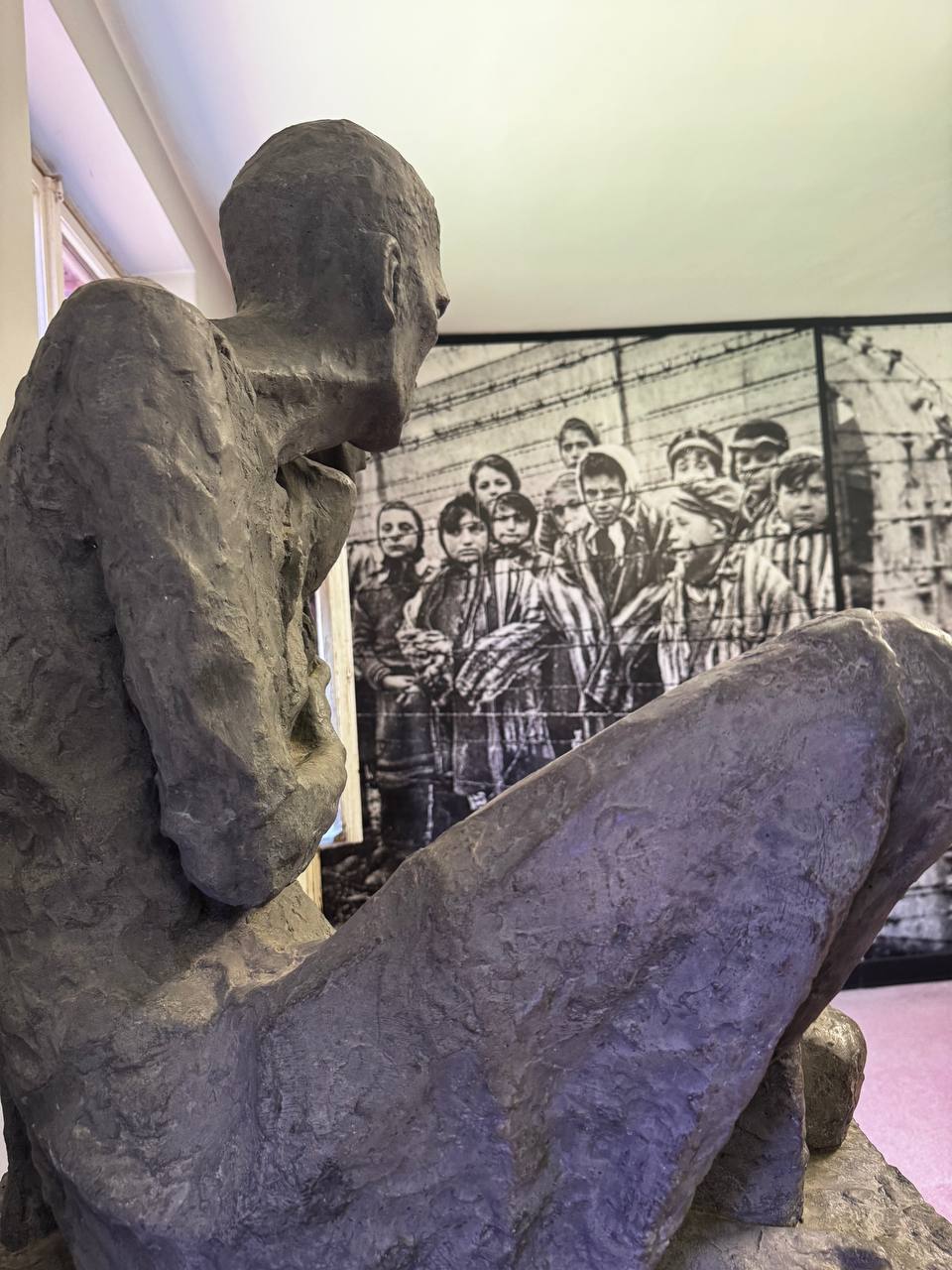
Look and never forget
«Memory is a reserve of impressions that are stored in one’s conscience and may then be reproduced; a memory of anything, anyone…» This is a pretty dry dictionary definition. But for people who have survived tragedies like Kali Traš (the Black Fear), memory is much more than that. For us, the descendants, memory must be something deeper and valuable.
Preserving the memory about the genocide of Romani people is much more than knowing some dates and events. This should be understanding, comprehending consequences, honouring the victims. This is why, every year, a commemorative ceremony takes place in Auschwitz-Birkenau, commemorating the victims of the camp.
.jpg)

On the photos: the ceremony of honoring the murdered Roma
The commemorative events are taking place on the 2nd of August—the day of extermination of the Romani population. The commemorative ceremony is also attended by Dikh He Na Bister participants. Tender white roses placed on the debris and smouldering ruins are like souls. Their bright and delicate colours against the backdrop of this place are heartbreaking.
This year, the ceremony was attended by Theodore Russopulos, President of the Parliamentary Assembly of the Council of Europe, Bärbel Bas, President of the German Bundestag Президентка німецького Бундестагу Бербель Бас, Małgorzata Kidawa-Błońska, Speaker of the Polish Senate, and other politicians and parliamentarians.

On the photo: Ukrainian delegation from ARСA and guests of the commemorative ceremony
All of the speakers have stressed the atrocity of the Nazi crime. They also discussed modern tendencies in society and how necessary it is to prevent any kind of discrimination.
«Events like Dikh He Na Bister help Romani people feel their belonging to their community, as they pay respect to the memory of their ancestors who had suffered persecution and genocide. This gives them the boost, the energy for the struggle to live in a world where human rights are the same for everyone. Such events are also representative for the non-Romani community, as when UN General Antonio Gutteres makes a speech at the commemoration ceremony, this really draws the attention of society and stresses the importance of the historic context which must be taken into consideration in the present-day society», – says Natali Tomenko, deputy director of ARCA.
There will be no conclusions
The torture chamber in one of the basements of Auschwitz painfully resembles similar «single-person» cells in the basements of Donetsk, Luhansk, Kherson, Bucha…
The dried-up suitcases very much allude to the suitcases at the railway stations all across Ukraine in February and March of the year 2022.
Photos of crowds crammed on railway platforms, exhausted people weighing some 25 kilograms, raggedy clothes and other personal items… Each of such details in the camps is like a stab in the heart, retrieving flashbacks of our Ukrainian realia.
«Never again», – says the world as it remembers the horrors of the Second World War … But are there actual conclusions, realisation of the facts? Are the Romani no longer victims of ethnic-based bullying? Have the torture houses really vanished? Is human life, honour, and dignity really the greatest treasure?..
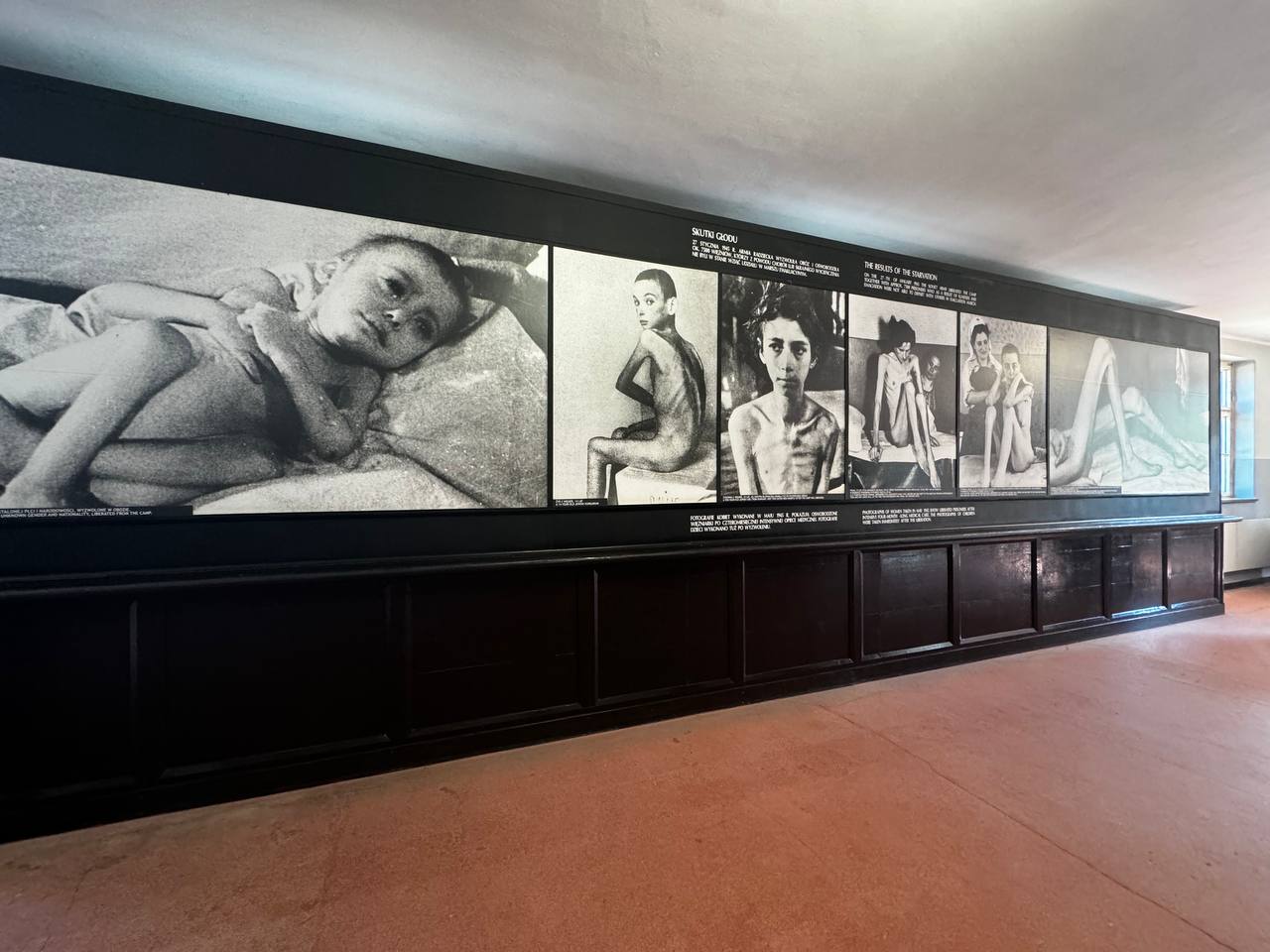
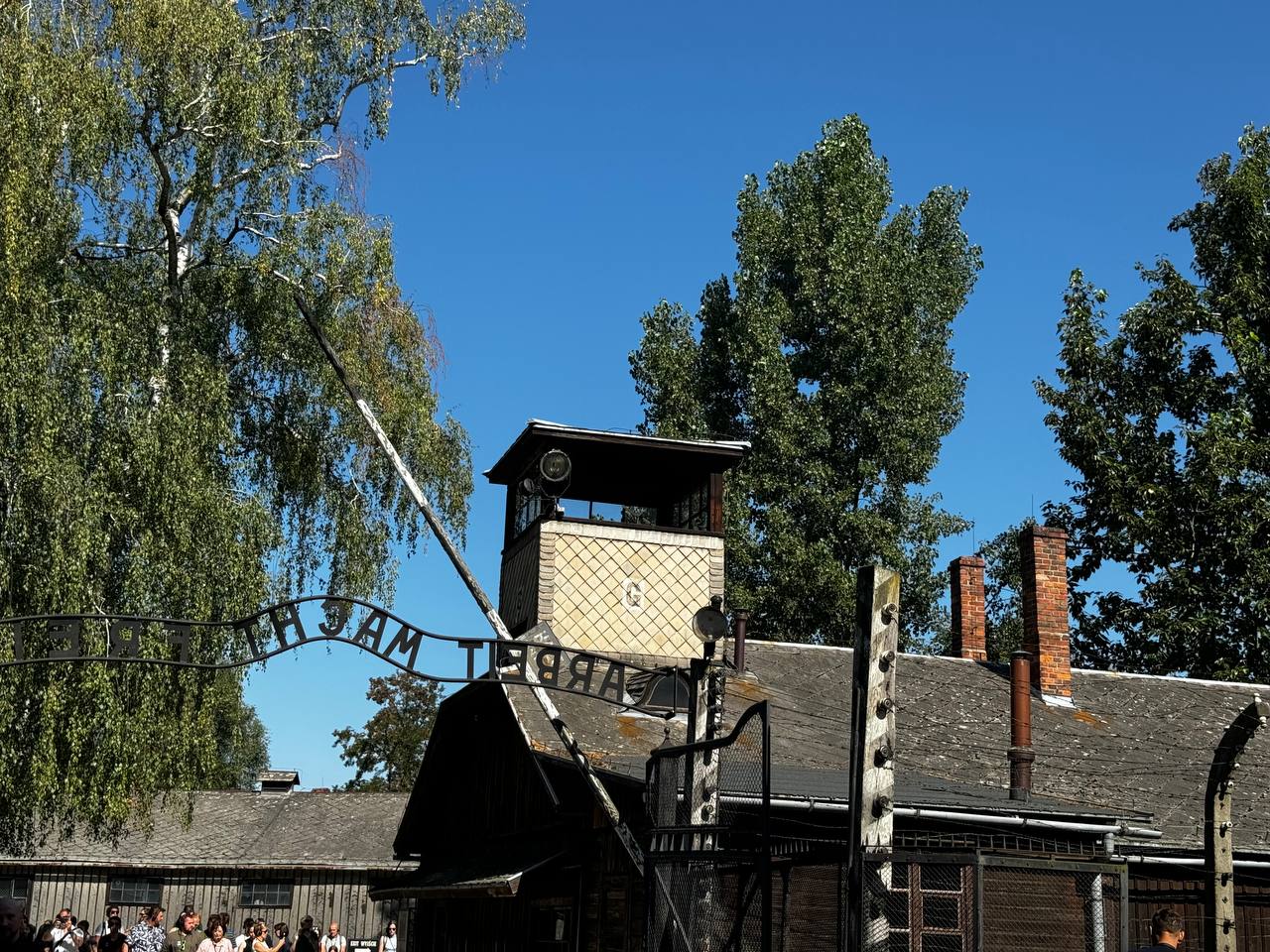


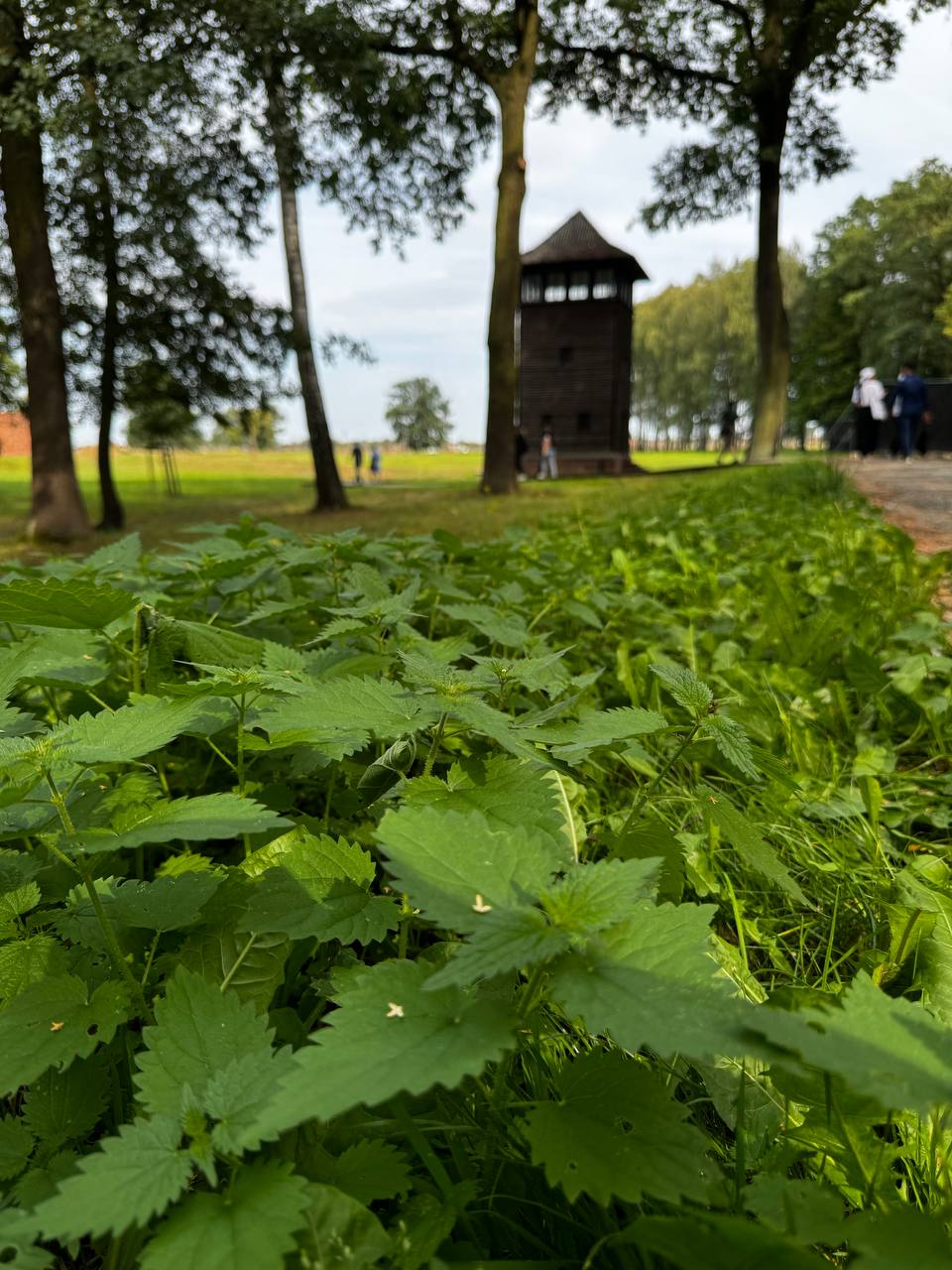
On the photos: places in Auschwitz-Birkenau
See also
- «Невидимі. Стійкість: минуле і сучасність ромів». Як зрозуміти історію ромів через візуальну культу
- Альфреда Марковська: історія життя і порятунку інших
- «Дивись і не забувай»: 15 років Dikh He Na Bister у Кракові
- ФОТОРЕПОРТАЖ: У Києві відкрили виставку про ромську історію та ідентичність
- «Відновлення пам'яті – роми у Варшавському гетто». Історична екскурсія у Варшаві
- PHOTO REPORT: Events commemorating the victims of the Roma genocide in Babyn Yar
- 2 серпня — Міжнародний день памʼяті жертв геноциду ромів
- Коли допомога — це більше, ніж ваучер
- Антициганізм поруч: як розпізнати упередження у звичних словах і жартах
- Стереотип замість культури: як TikTok спрощує ромську ідентичність
